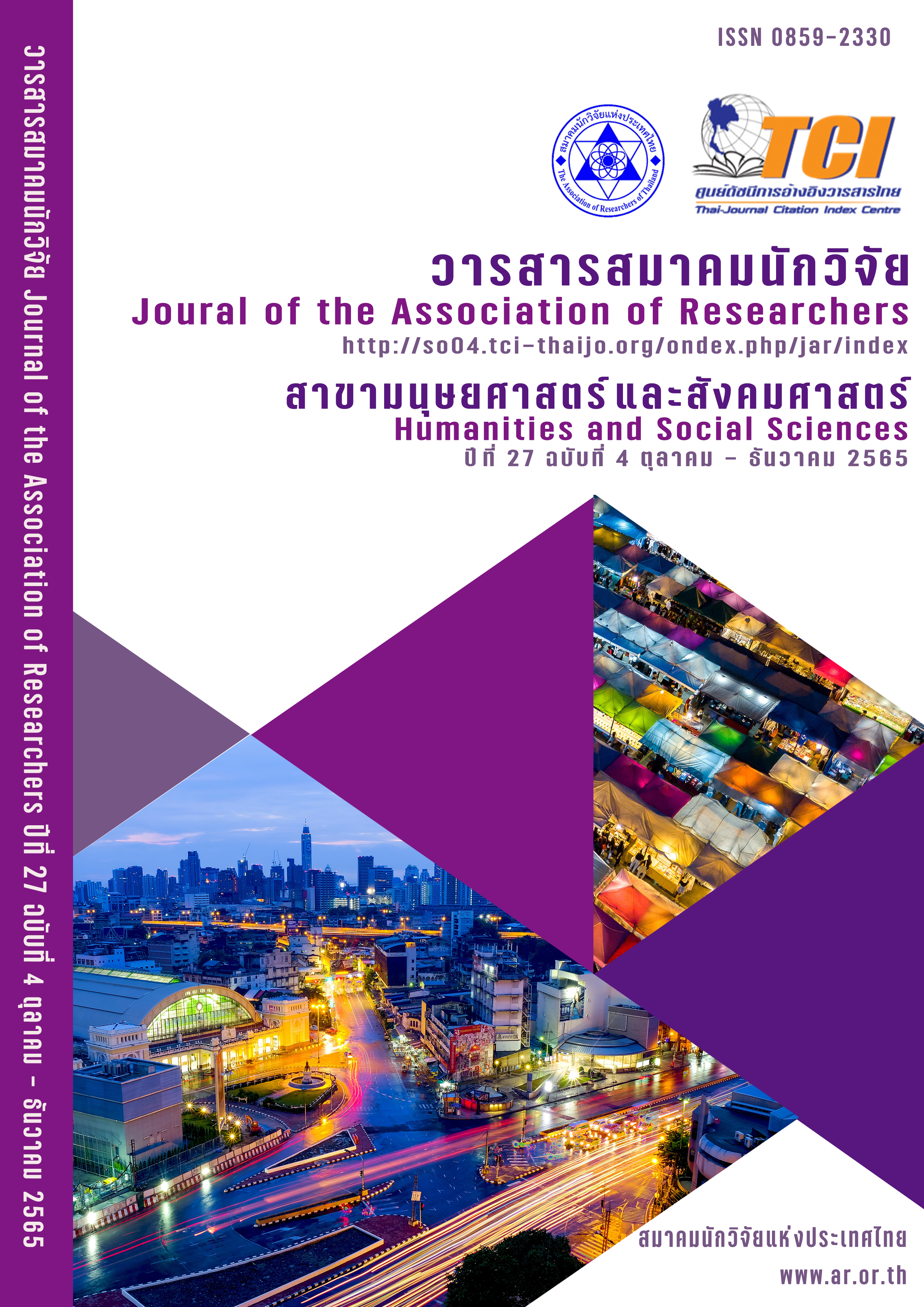The Influence of the Use of Silk and Xuan Paper in the Song and Yuan Dynasties on Painting Styles
Main Article Content
Abstract
The Song and Yuan dynasties witnessed the coexistence and transformation of the two kinds of painting base materials. As for the court painting in the Song Dynasty, plain silk is the main base material, and the aesthetics of the painting most reflected the ruler's preferences. Therefore, it was mostly presented in a panoramic realistic style that represented the great rivers and mountains, and the style was neat and gorgeous. Meanwhile, the artistic paintings advocated by Wang Wei used Xuan paper as the base materials to express their ideals and thus made it popular for a while. In the Yuan Dynasty, amateur painters were more accustomed to painting on Xuan paper, which was more affordable and accessible than silk. The style was lyrical and unsophisticated, emphasizing the improvisations of “incorporating calligraphy into painting”. Thus, the number of artists who painted on silk became small. Since the artistic effects shown by paintings on these two kinds of base materials were totally different, the style changed accordingly.
Article Details

This work is licensed under a Creative Commons Attribution-NonCommercial-NoDerivatives 4.0 International License.
บทความที่ปรากฏในวารสารนี้ เป็นความรับผิดชอบของผู้เขียน ซึ่งสมาคมนักวิจัยไม่จำเป็นต้องเห็นด้วยเสมอไป การนำเสนอผลงานวิจัยและบทความในวารสารนี้ไปเผยแพร่สามารถกระทำได้ โดยระบุแหล่งอ้างอิงจาก "วารสารสมาคมนักวิจัย"
References
Bai, J. (2012). The influence of traditional Chinese painting materials on the style of Chinese painting (Master's Thesis, Hebei Normal University).
Bian, Y.Y. (2020). An examination of calligraphy and painting in the ancient hall. Hangzhou: Zhejiang
Cui, W. X. (2007). The influence of the evolution of painting materials on the development of Chinese painting. The Grand View of Fine Arts (09), 125.
Huang, F.S & Wang, X. (2014). Xuan paper. Hangzhou: Zhejiang People's Publishing House.
Jiang, X. Z. (1986).History of Chinese Painting Materials. Shanghai: Shanghai Painting and Calligraphy Publishing House.
Li, L.C. (2014). The study of famous Chinese paintings. Zhejiang University Press.
Li, Z.J. (2008).The Autumn Colors on the Qiao and Hua Mountain: Zhao Mengfu's Life and Painting Art. Beijing: Sanlian Publishing House.
Liu, R.Q. (1989). Xuan Paper and Painting and Calligraphy. Beijing: Light Industry Press.
Mi,F. (1985). Painting History. Beijing: Chinese Bookstore.
Ni, J. (2004). Materials and tools for ancient Chinese painting (Master's Thesis, Capital Normal University).
Ni, Z. (2006). Complete Works of Famous Chinese Painters: Ni Zan. Shijiazhuang: Hebei Education Press.
Pan, J. X. (2009). History of Chinese Papermaking. Shanghai: Shanghai People's Publishing House. People's Publishing House, Vol. 2, Vol. 16A (Zhao Mengfu).
Qi, S. Z. (2016). On the relationship between the evolution of landscape painting style in Song and Yuan Dynasties and paper and silk (Master's thesis, Yangzhou University)
Xiong, C. H. (2007). The relationship between Chinese painting materials and art and culture. Art Sea (02), 80.
Ye, Y. (2011). A Humble Opinion on Chinese Painting Materials. Chinese Painters (03), 60-61+59.
Yu, F.A. (2015). How do I draw meticulous flower-and-bird paintings? Guangxi: Text Art Publishing House.
Zhao, Q. L (2006). Outline of the History of Ancient Chinese Painting Techniques and Tools. Guangxi: Guangxi Fine Arts Publishing House.
Zhang, Y. Y. (2016). History of famous paintings. Beijing: People's Fine Arts Publishing House.


